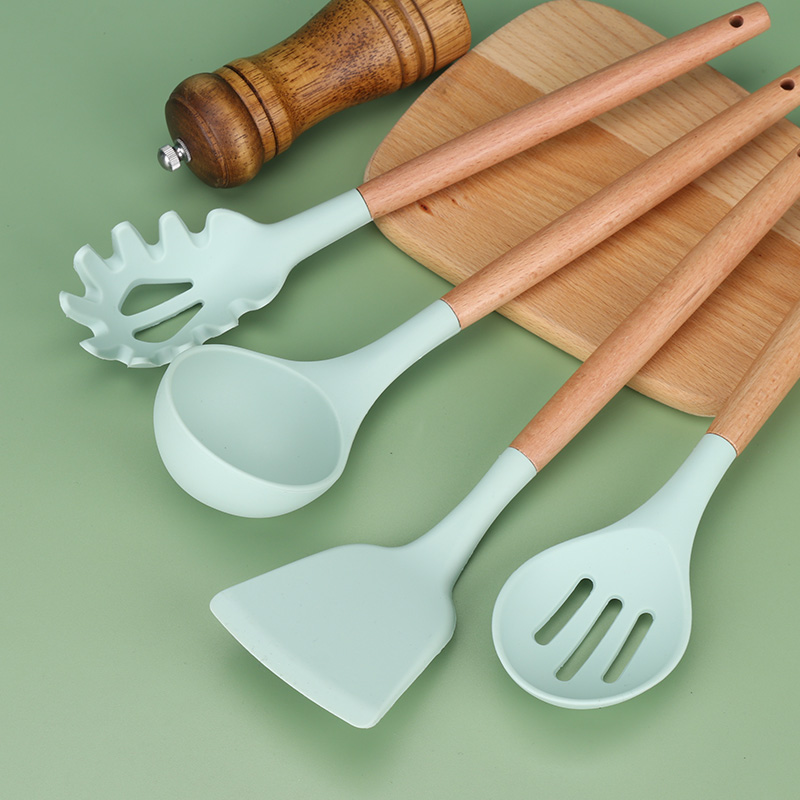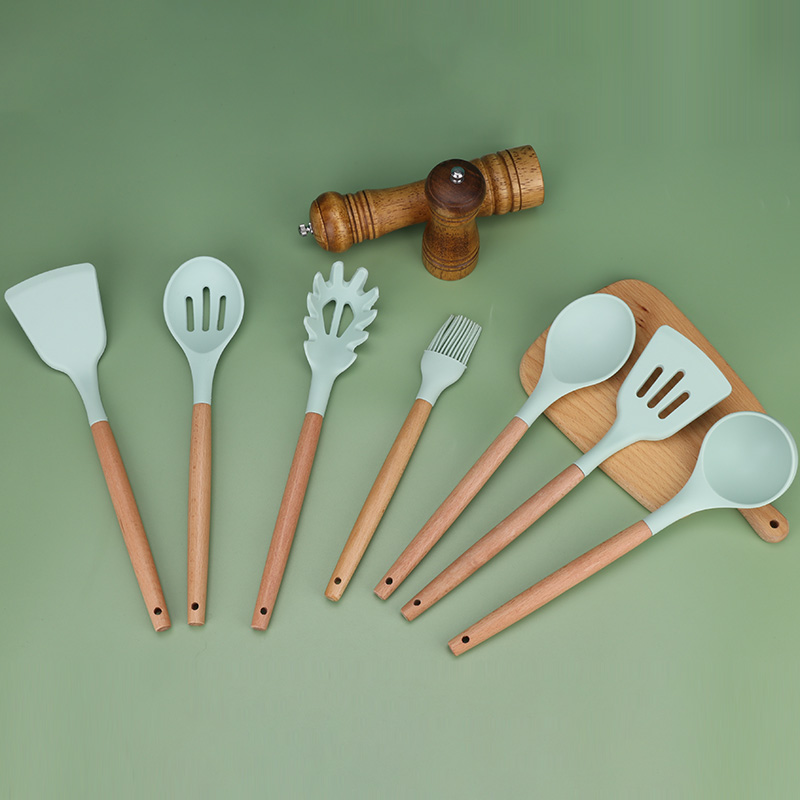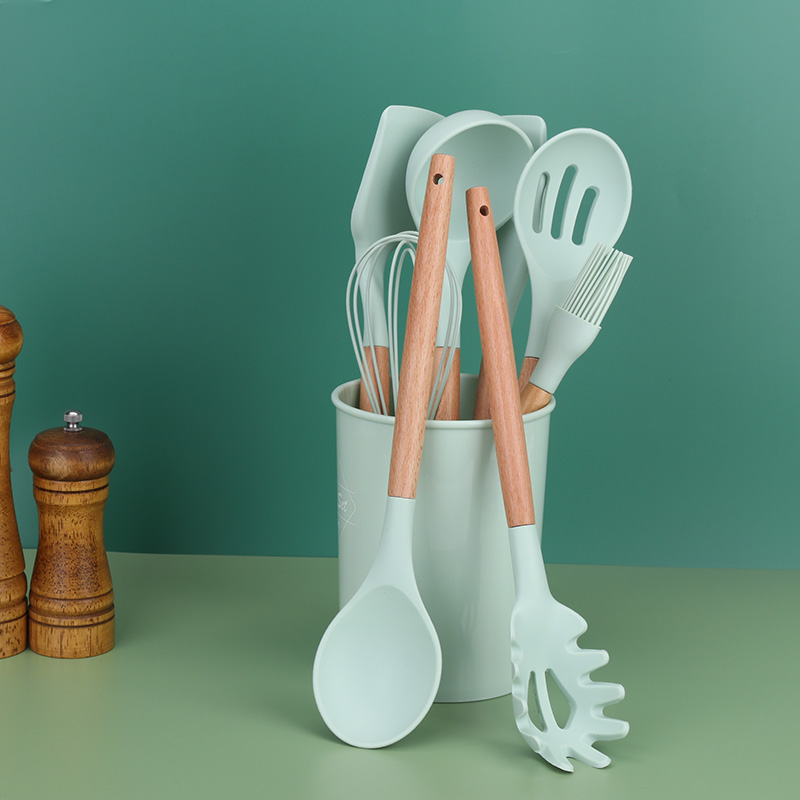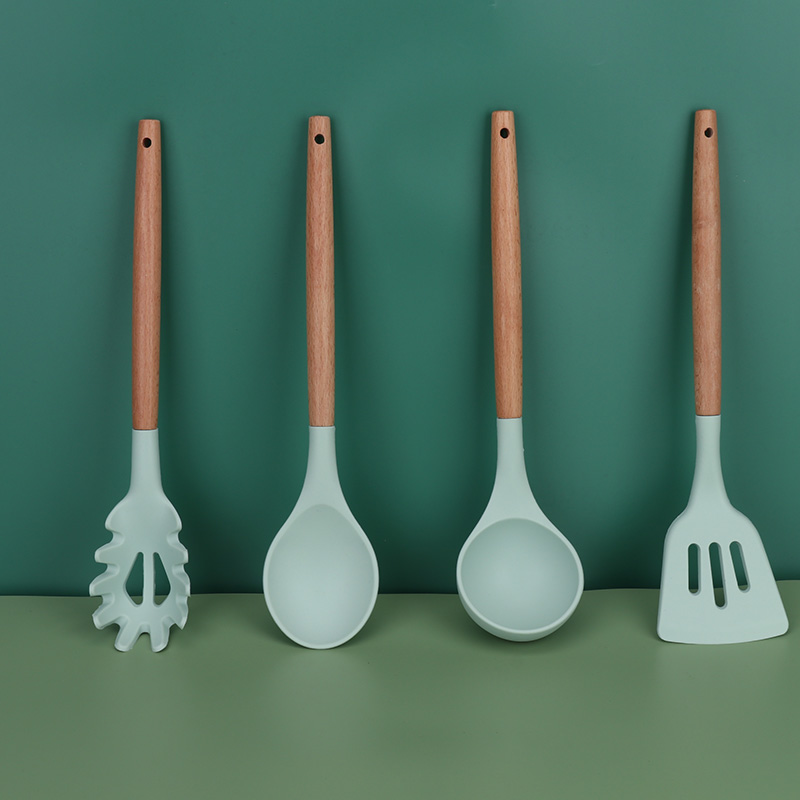I. Introduction
Cookware is an essential tool in every kitchen. It comes in different shapes, sizes, and materials to suit different cooking needs. The right cookware can make all the difference in creating delicious and nutritious meals. In this article, we will discuss two popular types of cookware – silicon and stainless steel – and their advantages and disadvantages.

II. Silicon Cookware
Silicon cookware is made from food-grade silicon, a synthetic material that has become popular in recent years due to its non-stick surface and flexibility. Silicon cookware has the following advantages:
Advantages:
Non-stick surface – Silicon cookware is naturally non-stick, which means that food does not stick to its surface, making it easy to clean.
Flexible and easy to handle – Silicon is a flexible material, making silicon cookware easy to handle. It can be bent, twisted, or folded without damaging it.
Lightweight – Silicon cookware is lightweight, making it easy to carry and handle, even for children.
Can be used in the microwave and oven – Silicon cookware is safe to use in the microwave and oven, making it a versatile option for cooking and reheating.
Disadvantages:
Not good for high-heat cooking – Silicon cookware is not suitable for high-heat cooking, as it may melt or deform at high temperatures.
May not provide the same flavor as stainless steel cookware – Silicon cookware may not provide the same flavor as stainless steel cookware, as it does not react with food in the same way.
May not be as durable as stainless steel cookware – Silicon cookware may not be as durable as stainless steel cookware, and may need to be replaced more frequently.

III. Stainless Steel Cookware
Advantages:
Durable and long-lasting: Stainless steel cookware is known for its durability and long lifespan. It can withstand years of use without showing any significant wear and tear.
Good for high-heat cooking: Stainless steel cookware can handle high temperatures without warping or melting. This makes it ideal for searing, sautéing, and stir-frying.
Provides better flavor than silicon cookware: Stainless steel cookware doesn’t have a non-stick coating, which means that food can develop a nice crust and brown more evenly. This adds depth and complexity to the flavor.
Can be used on all types of stovetops: Stainless steel cookware is compatible with all types of stovetops, including gas, electric, and induction.
Disadvantages:
Can be heavy and difficult to handle: Stainless steel cookware is heavier than silicon cookware, which can make it challenging to lift and maneuver, especially when it’s full of food.
Food may stick to the surface if not properly seasoned: Stainless steel cookware is not non-stick, so food can stick to the surface if not properly seasoned or if the heat is too high.
May require more maintenance than silicon cookware: Stainless steel cookware can be prone to discoloration, and it may require special cleaning products to keep it looking shiny and new.

IV. Comparison
When it comes to choosing between silicon and stainless steel cookware, it’s important to consider the following factors:
Durability: Stainless steel cookware is more durable and long-lasting than silicon cookware. While silicon cookware can last for several years, it may not be able to withstand the same level of wear and tear as stainless steel cookware.
Heat resistance: Stainless steel cookware is better for high-heat cooking than silicon cookware. This makes it ideal for searing, sautéing, and stir-frying.
Flavor: Stainless steel cookware provides better flavor than silicon cookware. The lack of non-stick coating means that food can develop a nice crust and brown more evenly, adding depth and complexity to the flavor.
Convenience: Silicon cookware is more flexible and lightweight than stainless steel cookware, and can be used in the microwave and oven. This makes it ideal for those who value convenience and ease of use.

V. Conclusion
In conclusion, the choice between silicon and stainless steel cookware depends on personal preference and cooking needs. While silicon cookware is more flexible and lightweight, stainless steel cookware is more durable, provides better flavor, and is better for high-heat cooking. Consider your cooking habits, budget, and personal preferences when making your decision. Ultimately, investing in high-quality cookware will pay off in the long run, no matter which type you choose.

